Cricket is more than just a sport; it’s a passion that transcends boundaries and unites nations. This captivating game has captured the hearts and minds of millions worldwide, becoming an integral part of many cultures and societies. From the lush green fields of England to the vibrant stadiums of India, cricket has left an indelible mark on the sporting world.
The Enthralling World of Cricket
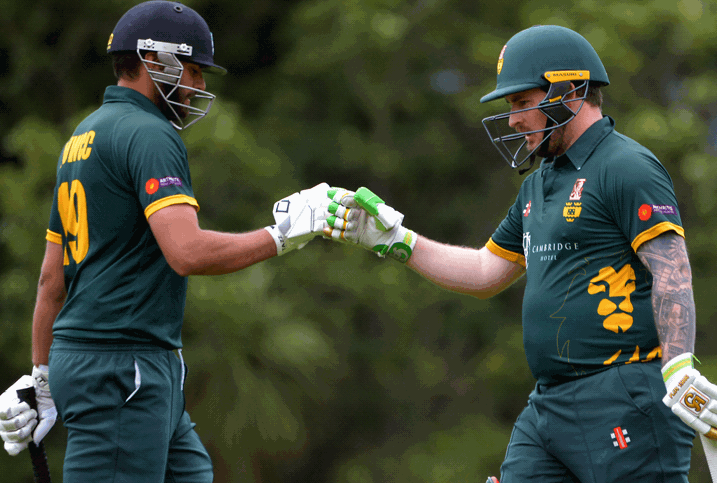
The Origins of Cricket
Cricket‘s origins can be traced back to the 16th century in England, where it was played as a rudimentary game by village communities. Over time, it evolved into a more structured sport, with well-defined rules and regulations.
The Rise of Cricket’s Popularity
As the British Empire expanded, cricket spread its wings across the globe. Countries such as India, Australia, and the West Indies embraced the sport with fervor, and it soon became an integral part of their cultural identities. Today, cricket enjoys immense popularity in various parts of the world, captivating audiences with its thrilling matches and iconic players.
The Different Formats of Cricket
Cricket is played in three main formats:
- Test Cricket: This is the longest and most traditional format, with matches lasting up to five days. Test cricket is often regarded as the ultimate test of a team’s skill, endurance, and strategy.
- One-Day International (ODI): This format was introduced in the 1970s and involves each team batting for a single innings, with a maximum of 50 overs per side. ODIs are known for their fast-paced action and exciting finishes.
- Twenty20 (T20): The shortest and most compact format, T20 cricket was introduced in the early 2000s. Each team bats for 20 overs, making for a thrilling and action-packed game that lasts around three hours.
Exploring the History and Evolution of Cricket
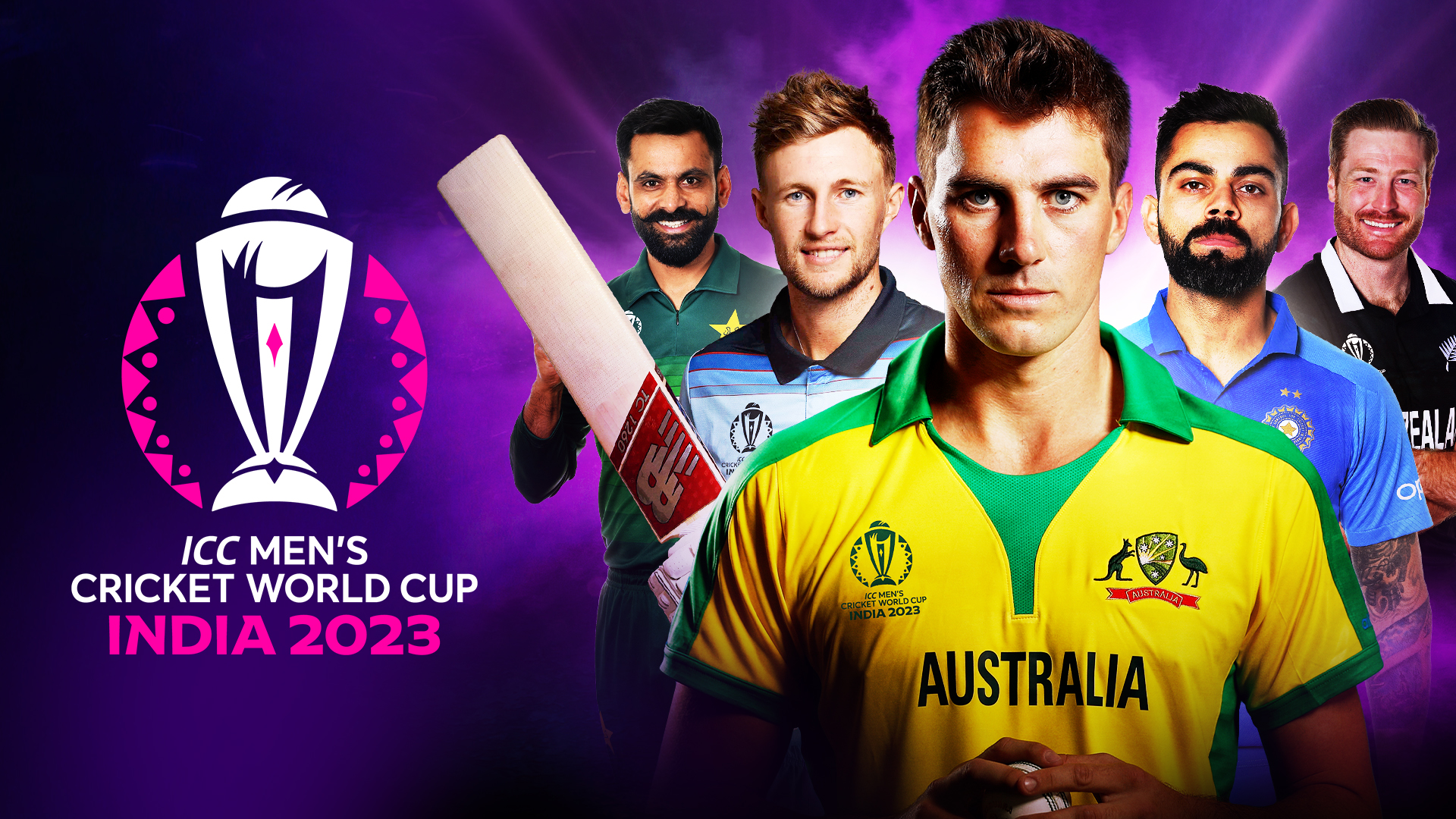
The Early Days
Cricket‘s origins can be traced back to the 16th century in England, where it was played as a rudimentary game by village communities. Over time, it evolved into a more structured sport, with well-defined rules and regulations.
The Spread of Cricket
As the British Empire expanded, cricket spread its wings across the globe. Countries such as India, Australia, and the West Indies embraced the sport with fervor, and it soon became an integral part of their cultural identities.
The Emergence of Professional Cricket
In the 19th century, cricket transitioned from a gentlemen’s game to a professional sport. The formation of county clubs and national teams paved the way for organized competitions and international matches.
The Evolution of Rules and Formats
Throughout its history, cricket has undergone numerous rule changes and format adaptations to keep up with the changing times. The introduction of limited-overs cricket, such as One-Day Internationals (ODIs) and Twenty20 (T20), has brought a new level of excitement and accessibility to the sport.
The Impact of Technology
Technology has played a significant role in the evolution of cricket. From the introduction of advanced equipment and protective gear to the use of advanced analytics and decision-review systems, cricket has embraced innovation to enhance the game’s fairness and excitement.
The Rules and Gameplay of Cricket: A Comprehensive Overview

The Playing Field
Cricket is played on a flat, oval-shaped field called a pitch, which is surrounded by a large grassy area known as the outfield. The pitch is a rectangular strip of compacted soil or clay, where the bowlers deliver the ball and the batters attempt to score runs.
The Teams and Players
Each cricket team typically consists of 11 players, including batters, bowlers, and fielders. The primary roles are as follows:
- Batters: Their aim is to score runs by hitting the ball with a bat and running between two sets of small wooden posts called wickets.
- Bowlers: They deliver the ball to the batters, attempting to get them out or restrict their scoring.
- Fielders: They position themselves strategically on the field to catch or stop the ball and prevent the batters from scoring runs.
The Scoring System
In cricket, runs are scored in various ways:
- Runs scored by batting: When a batter hits the ball and runs between the wickets, they score runs.
- Boundaries: If a batter hits the ball over the boundary without it bouncing, it’s called a six and earns six runs. If the ball bounces before crossing the boundary, it’s called a four and earns four runs.
- Extras: Runs can also be scored through extras, such as wides (balls bowled too far from the batter), no-balls (illegal deliveries), and byes (runs scored from missed deliveries).
The Dismissal Methods
There are several ways a batter can be dismissed (get out) in cricket:
- Bowled: When the ball hits the wickets after being delivered by the bowler.
- Caught: When a fielder catches the ball after it has been hit by the batter.
- Leg Before Wicket (LBW): When the ball would have hit the wickets if the batter’s legs hadn’t been in the way.
- Run Out: When a fielder dislodges the bails before the batter can complete a run.
- Stumped: When a wicket-keeper dislodges the bails after the batter has stepped out of the crease while attempting a shot.
Cricket World Cup: A Tournament of Excellence and Passion
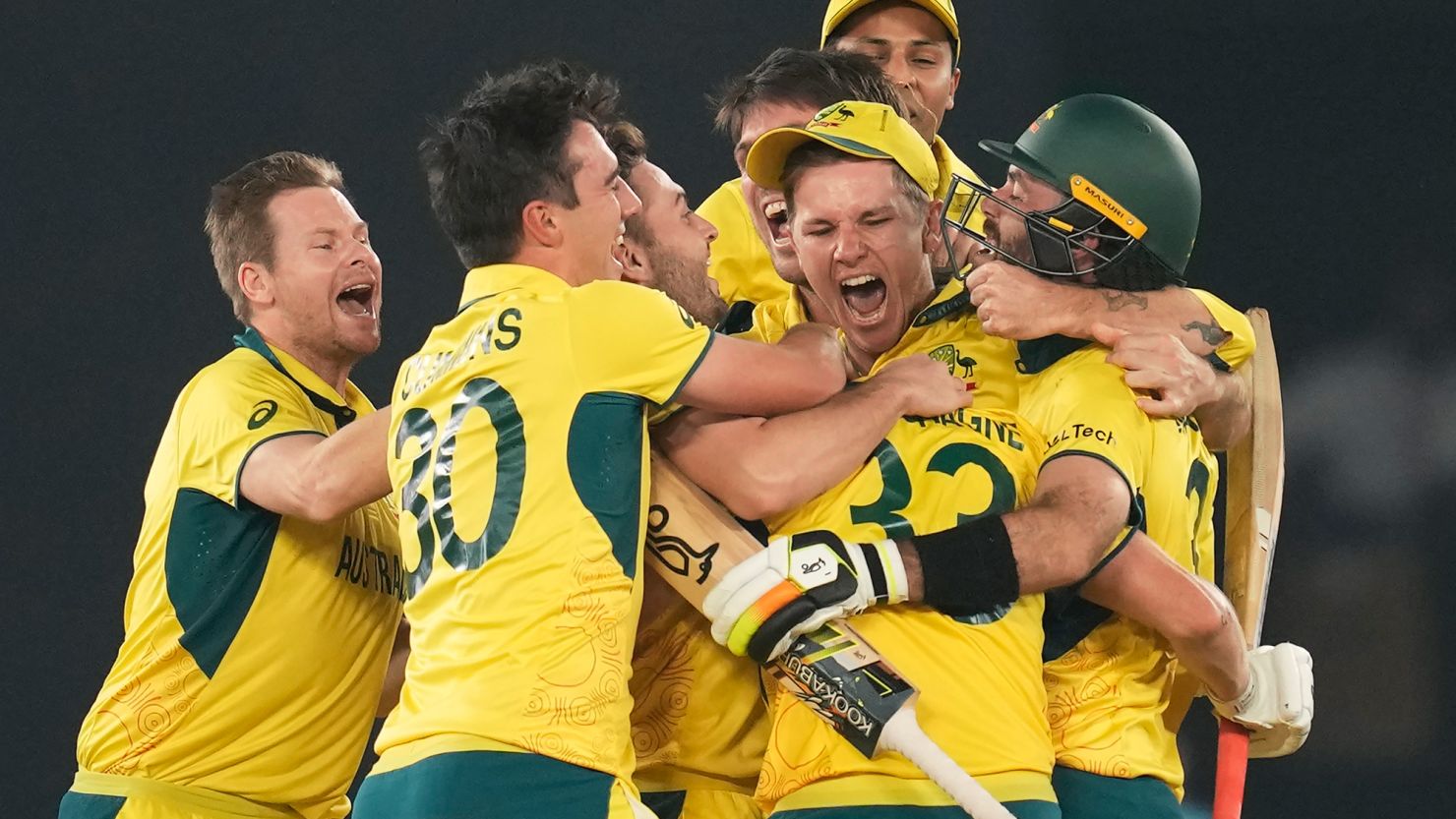
The Inception of the World Cup
The Cricket World Cup is the ultimate international championship in the sport, bringing together the best teams from across the globe. The inaugural World Cup was held in England in 1975, with the West Indies emerging as the victorious team.
The Format and Qualification
The World Cup is typically held every four years, with teams qualifying through various regional tournaments and rankings. The tournament features a group stage followed by knockout rounds, culminating in the final match where the champion is crowned.
Memorable World Cup Moments
Throughout its history, the Cricket World Cup has witnessed numerous iconic moments that have etched themselves into the hearts of cricket fans worldwide. From India’s triumph in 1983, defying all odds, to Australia’s dominant run of three consecutive titles in the late 1990s and early 2000s, the World Cup has produced countless unforgettable moments.
The Pursuit of Glory
The Cricket World Cup represents the pinnacle of achievement for any cricketing nation. Winning the coveted trophy is a dream pursued by players and teams alike, fueled by years of dedication, hard work, and unwavering passion for the sport.
The Global Impact
The World Cup not only showcases the best in cricket but also serves as a platform for cultural exchange and unity. It brings nations together, transcending boundaries and fostering a spirit of sportsmanship and friendly rivalry.
Cricket Legends and their Impact on the Sport

Sir Don Bradman
Sir Don Bradman, the Australian batting legend, is widely regarded as the greatest cricketer of all time. His incredible batting average of 99.94 in Test cricket remains an unparalleled feat, and his dominance on the field left an indelible mark on the sport.
Sachin Tendulkar
Sachin Tendulkar, the Indian batting maestro, is revered as one of the greatest cricketers to ever grace the game. With a record-breaking career spanning over two decades, Tendulkar inspired generations of cricketers and fans alike with his exceptional skills and unwavering dedication.
Shane Warne
Shane Warne, the Australian spin bowling wizard, revolutionized the art of leg-spin bowling. His ability to turn the ball prodigiously and outwit batters made him a formidable force on the field, earning him the admiration of cricket enthusiasts worldwide.
Vivian Richards
Vivian Richards, the West Indian batting legend, was a true master of his craft. His aggressive batting style, coupled with an imposing presence on the field, made him a icon of the sport and a source of inspiration for aspiring cricketers.
Wasim Akram
Wasim Akram, the Pakistani fast bowling legend, was a true maestro of the game. His ability to swing the ball at blistering speeds and his mastery of reverse swing made him a nightmare for batters, cementing his place as one of the greatest bowlers in cricket history.
The Techniques and Skills of Cricket: A Guide for Aspiring Players

Batting Techniques
Batting in cricket requires a combination of technique, timing, and hand-eye coordination. Mastering the different batting strokes, such as the cover drive, pull shot, and cut shot, is crucial for success.
- Footwork: Proper footwork is essential for maintaining balance and positioning oneself effectively to play various shots.
- Grip and Stance: The grip on the bat and the batting stance play a crucial role in generating power and control.
- Timing: Timing the shot perfectly is key to maximizingthe impact of the bat on the ball and directing it where desired.
Bowling Skills
Bowling in cricket is a specialized skill that requires precision, control, and strategy. Different types of bowling techniques, such as fast bowling, spin bowling, and swing bowling, offer varying challenges to batters.
- Grip and Release: The grip on the ball and the way it is released determine the type of delivery and its trajectory.
- Run-Up and Delivery Stride: The run-up to the crease and the stride during delivery are crucial for generating speed and accuracy.
- Variations: Bowlers often use variations in pace, spin, and bounce to deceive batters and take wickets.
Fielding Techniques
Fielding is an integral part of cricket, requiring agility, anticipation, and quick reflexes. Good fielding can turn matches around by creating run-out opportunities and taking catches.
- Positioning: Fielders need to position themselves strategically based on the batter’s tendencies and game situation.
- Catching: Proper catching technique involves watching the ball closely, using soft hands, and maintaining focus.
- Throwing: Accurate and quick throwing is essential for preventing runs and executing run-outs.
Wicketkeeping Skills
The wicketkeeper plays a crucial role in cricket, being responsible for stumping, catching edges, and providing vocal support to the team. Wicketkeeping requires sharp reflexes, agility, and excellent hand-eye coordination.
- Stance and Movement: The wicketkeeper’s stance behind the stumps and their movement in response to the bowler’s delivery are key aspects of their role.
- Gloves and Protection: Wicketkeepers wear specialized gloves for catching and protective gear for safety.
- Communication: Effective communication with bowlers and fielders is essential for coordinating strategies and executing dismissals.
Cricket: A Sport of Strategy, Teamwork, and Competition
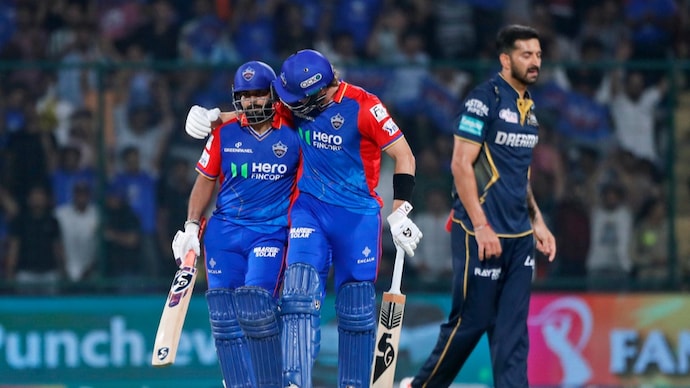
Strategic Elements
Cricket is a sport that blends individual skills with strategic planning. Teams devise tactics based on pitch conditions, opponent strengths, and game situations to gain an advantage.
- Batting Order: The sequence in which batters come to the crease is crucial for building partnerships and maximizing scoring opportunities.
- Bowling Rotations: Bowlers are rotated strategically to apply pressure on batters, exploit weaknesses, and maintain control over the game.
- Field Placements: Fielders are positioned strategically to cut off runs, create catching opportunities, and support bowlers in their plans.
Team Dynamics
Successful cricket teams thrive on strong teamwork, mutual trust, and effective communication. Players support each other on and off the field, fostering a sense of camaraderie and unity.
- Captaincy: The captain plays a pivotal role in leading the team, making tactical decisions, and motivating players to perform at their best.
- Team Spirit: A positive team culture built on respect, encouragement, and resilience is essential for overcoming challenges and achieving success.
- Training and Preparation: Teams invest time and effort in training sessions, fitness routines, and match simulations to hone their skills and build cohesion.
Competitive Spirit
Cricket competitions evoke a spirit of healthy competition and sportsmanship among players and teams. While the goal is to win, respecting the rules, opponents, and officials is fundamental to upholding the integrity of the sport.
- Rivalries: Intense rivalries between teams add excitement and drama to cricket matches, fueling the competitive spirit and captivating fans.
- Fair Play: Upholding the spirit of fair play and ethical conduct is paramount in cricket, emphasizing respect for the game and its traditions.
- Celebrating Success: Acknowledging and celebrating achievements, both individual and team-based, fosters a culture of excellence and sportsmanship in cricket.
The Cultural Significance of Cricket: A Window into Societies
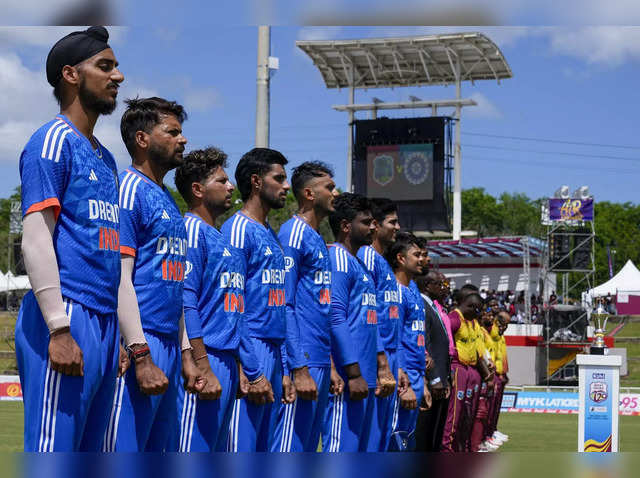
Historical Roots
Cricket has deep historical roots, evolving from rural pastimes in England to becoming a global phenomenon embraced by diverse cultures and communities worldwide.
- Colonial Legacy: The spread of cricket to different parts of the world was influenced by British colonialism, leaving a lasting imprint on the sport’s development.
- Social Class Dynamics: Historically, cricket was associated with elite social classes, but over time, it has become more inclusive, reflecting changing societal norms.
- National Identity: Cricket plays a significant role in shaping national identity and pride, with international matches often symbolizing cultural heritage and unity.
Rituals and Traditions
Cricket is rich in rituals and traditions that add depth and meaning to the sport. From pre-match ceremonies to post-match rituals, these customs contribute to the unique charm of cricket.
- Tea Break: The traditional tea break during test matches is a cherished ritual that allows players and spectators to refresh and regroup.
- Coin Toss: The coin toss to determine which team bats or bowls first is a time-honored tradition that sets the tone for the match.
- Victory Celebrations: Teams have specific ways of celebrating victories, from handshakes and high-fives to victory laps and trophy presentations.
Global Influence
Cricket‘s global reach transcends borders and languages, serving as a common language that unites people from different backgrounds. International cricket tournaments showcase cultural diversity and promote intercultural dialogue.
- Fan Engagement: Cricket fans around the world form a passionate community that transcends geographical boundaries, connecting through shared love for the sport.
- Diversity in Teams: National cricket teams reflect the multicultural fabric of their societies, embodying unity in diversity and promoting inclusivity.
- Cultural Exchanges: Cricket tours and matches facilitate cultural exchanges between nations, fostering mutual understanding and appreciation of diverse traditions.
Cricket Equipment: An Examination of the Tools of the Trade
The Cricket Bat
The cricket bat is a vital piece of equipment used by batters to hit the ball. It is traditionally made of willow wood and features a flat front for striking the ball effectively.
- Materials: Willow wood is the preferred material for cricket bats due to its strength, flexibility, and shock-absorbing properties.
- Size and Weight: Bats come in various sizes and weights to suit different player preferences and playing conditions.
- Maintenance: Proper care and maintenance of the bat, including oiling and knocking, are essential for preserving its quality and performance.
The Cricket Ball
The cricket ball is a hard, cork-centered sphere covered in leather, used by bowlers to deliver deliveries to batters. The red ball is typically used in test matches, while white balls are used in limited-overs formats.
- Construction: The cricket ball consists of layers of twine wound around a cork core, covered in red or white leather stitched together.
- Swing and Seam: Bowlers use the seam and shine on the ball to generate swing and seam movement, deceiving batters and taking wickets.
- Durability: Cricket balls wear out over time due to the impact of batting and bowling, requiring regular replacement during matches.
Protective Gear
Cricket players wear protective gear to safeguard themselves against injuries from fast-moving balls and collisions on the field. Helmets, pads, gloves, and abdominal guards are essential pieces of protective equipment.
- Helmets: Batters and wicketkeepers wear helmets to protect their heads from fast deliveries and bouncers.
- Pads and Gloves: Batters wear leg pads and gloves to shield their legs and hands from impact when facing bowlers.
- Abdominal Guards: Male batters wear abdominal guards (also known as boxes) to protect sensitive areas from injury.
Fielding Equipment
Fielders use specialized equipment to enhance their performance on the field, including fielding gloves, shin guards, and sunglasses. These items provide protection and aid in catching and stopping the ball effectively.
- Fielding Gloves: Fielders wear gloves to improve grip when catching the ball and reduce the impact of hard-hit shots.
- Shin Guards: Shin guards protect fielders’ legs from injury when diving or sliding to stop the ball.
- Sunglasses: Fielders wear sunglasses to shield their eyes from the sun’s glare and improve visibility when tracking the ball in the air.
Conclusion
In conclusion, cricket stands out as a sport that embodies skill, strategy, tradition, and cultural significance. From its origins in rural England to becoming a global obsession, cricket has captured the hearts of millions worldwide. The rules and gameplay of cricket, coupled with the tournament excellence of the Cricket World Cup, showcase the sport’s competitive spirit and passion.
Cricket legends like Sir Don Bradman, Sachin Tendulkar, and Shane Warne have left an indelible mark on the sport, inspiring aspiring players to hone their techniques and skills. The cultural significance of cricket serves as a window into societies, reflecting historical roots, rituals, and global influence. Additionally, an examination of cricket equipment highlights the tools of the trade that players rely on to excel on the field.
As cricket continues to evolve and captivate audiences across continents, its essence as a sport of teamwork, competition, and camaraderie remains timeless. Whether played on village greens or international stadiums, cricket’s enduring appeal lies in its ability to unite people, celebrate diversity, and showcase the beauty of this truly global sport.

